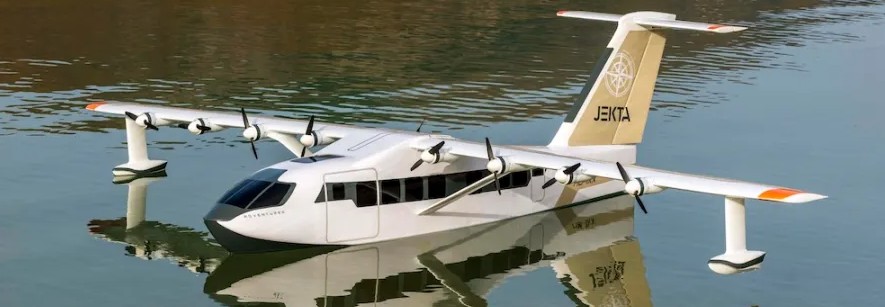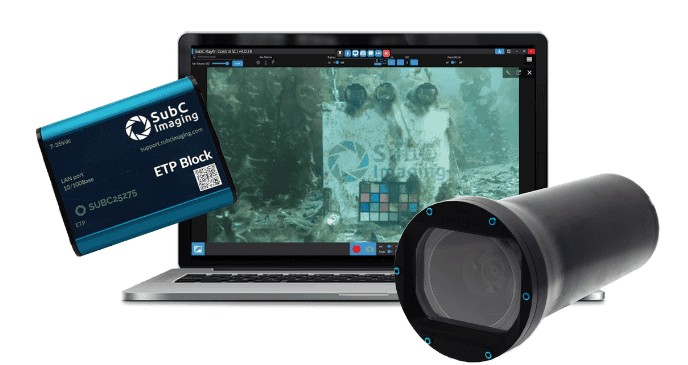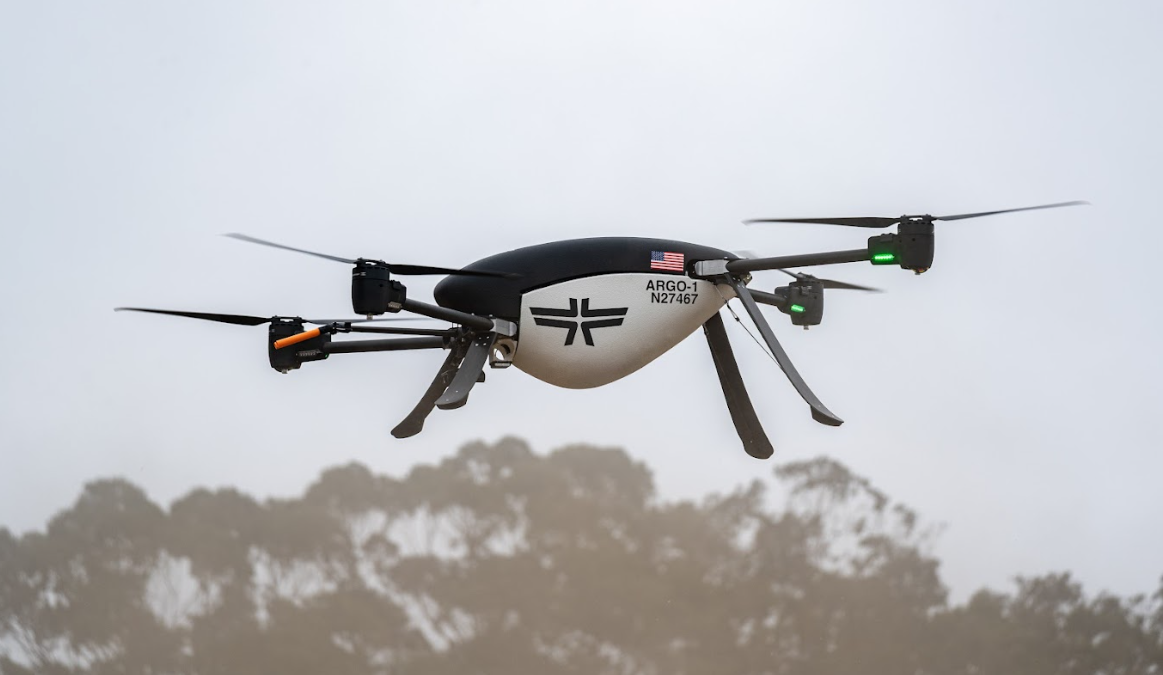Inside Neros’s Race to Build a Million Combat UAVs for Pentagon

Neros Technologies is making waves by standing tall—and loud—as a small drone maker with big ambitions. Founded in 2023, this California-based startup started not with defense contracts, but with a team of drone racers and hobbyists who believed they could build something powerful enough for modern warfare.
Neros started with a vision: what if fast, affordable first-person-view (FPV) drones could be built to support military missions the same way they’re used by hobbyists—only ruggedized, reliable, and made entirely in the U.S.? With that in mind, co-founder and CEO Soren Monroe-Anderson and his team decided to hit the road—literally. They journeyed to Ukraine, where small combat drones are delivering real results on the front lines, beating bullets and bureaucracy to the punch. Those visits weren’t tourism; they were research missions that shaped Neros’s design and mission.
What came next was a head-spinning pivot. The team raised serious capital from heavy hitters like Peter Thiel and Sequoia, launched a sprawling 15,000-square-foot factory in Los Angeles, and purged any non-U.S. parts from their supply chain. That’s because one of the selling points of Neros drones is their clean origin story—no shady foreign components allowed. That all-U.S. pedigree led the Pentagon to place Neros on a short list of supply-chain-compliant drone makers, giving them a badge of legitimacy that any defense contractor would envy.
Neros’s star product, the Archer, is a modest-looking 8-inch quadcopter with surprisingly big credentials. It can haul up to four and a half pounds, cover more than 12 miles in a single flight, and be built fast and cheap. Right now, Neros is producing about 1,500 Archers each month. Most of them go directly to support Ukraine’s fight, while the rest are being tested by U.S. forces—including the Army, Marines, and Special Operations teams. It’s a classic startup play: build, test, rinse, repeat.
What’s really bold is Neros’s aspiration. Having scaled up to 1,500 per month, they’ve set their sights on 10,000 per month before year’s end, and a wild-eyed goal of one million drones per year. That last figure isn’t a marketing pitch—they mean it. They argue that future wars will rely on sheer drone numbers and that the U.S. needs industrial-scale production to keep up.
To make that happen, they’re re-engineering how they build drones—from component sourcing to assembly lines. Instead of claiming huge orders they can’t fill, Neros is choosing to overbuild their production capacity now so they can meet demand quickly when contracts roll in. In their world, availability is everything—it’s not enough to promise scaled-up output, you need hard proof you can deliver.
The push for mass-produced FPV drones is part of a broader trend in the Pentagon. The Defense Innovation Unit launched a program called Replicator, aimed at fast-tracking cheap drones into service. The goal is simple: flood the battlefield with low-cost UAVs before conflicts.
The tricky thing is not technology—it’s bureaucratic inertia. While field units are clamoring for FPV systems right now, program offices haven’t fully shifted funding to match. But for Neros, the momentum is real. Monroe-Anderson says the shift went from selling the idea to defense buyers reaching out to them, looking to get trained and equipped. He describes it as going from “pitching” to “pipeline”—with soldiers actually demonstrating drones to high-ranking generals within a year. That’s quick traction in defense circles.
Despite the buzz, Neros still doesn’t have a massive Pentagon contract in hand. What they’ve built is readiness: they can deliver at scale, and they’re preparing for when the deal comes. Scaling that far, though, requires rethinking everything—logistics, manufacturing staff, quality control, and regulatory oversight. They’re preparing now, ahead of demand.
From an investor perspective, Neros is a compelling play. They tick all the right boxes: boots-on-the-ground validation, clear supply-chain compliance, private capital backing, and increasingly visible defense interest. If the Pentagon really does need millions of throwaway drones, Neros is on deck with the infrastructure to supply them.
Beyond the business case lies a broader strategic implication. Enabling U.S.-made, mass-produced drones opens the door to resilience in future wars. Instead of being tied to expensive high-end hardware, militaries could rely on swarms of disposable UAVs to overwhelm defenses, gather intel, or even deliver light payloads. For a company that started with hobbyists, Neros is stepping into global drone strategy.
Of course, mass-produced combat drones come with big questions: How do you manage risks? What about civilian safety, privacy, counter-drone threats? And can a startup build a million drones per year, handle logistics, training, and sustainment at that scale? But if the system works, it rewrites the drone rulebook.
Neros’s journey is a fascinating case study in fast iteration. From racing drones to building defense-grade drones in under two years, their story is a mix of Silicon Valley urgency and Hollywood ambition. They’re engineering, refining, and scaling at a speed that leaves traditional defense contractors watching from the sidelines.
As U.S. forces prepare for future operations—from Ukraine-style conflicts to gray-zone warfare—companies like Neros offer a different model: rapid, scalable, adaptable. And while the Pentagon iron triangle is difficult to crack, Neros seems ready to bake persistence, production readiness, and customer alignment into everything they do.
So what’s next? If they ramp to 10,000 units monthly and land a major U.S. contract, expect a new tier of defense supplier to emerge—one that races ahead of legacy contractors with low-cost, high-velocity production. And if a million drones a year becomes real? That might not just redefine Neros — it would reshape how war is fought.
From drone racetracks to combat zones, Neros Technologies is one startup whose skyward trajectory is powered by more than hype. It’s driven by iterative engineering, on-the-ground experience, and a factory-ready vision that could change everything about unmanned warfare.




